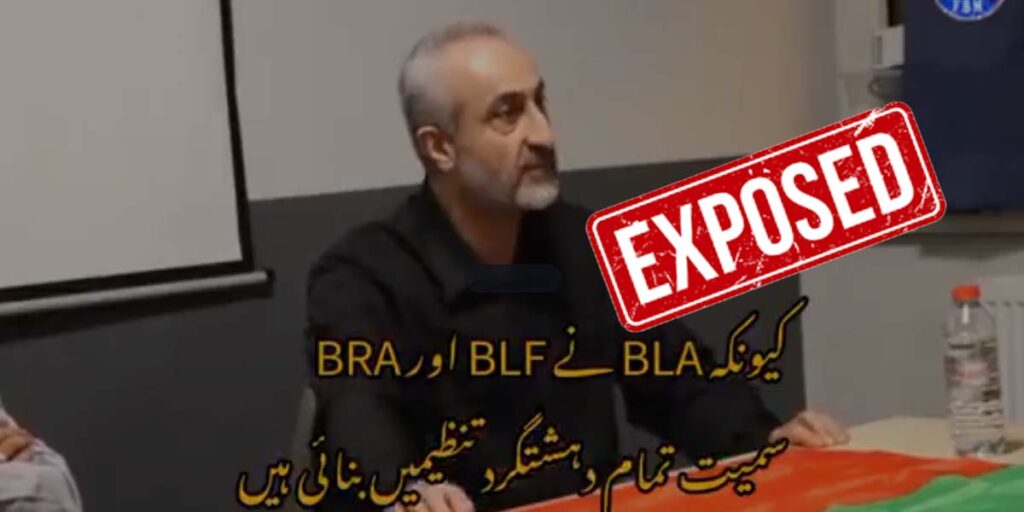This is Aditya Raj Kaul, the key figure behind The Balochistan Post (TBP), a digital news outlet that actively spreads anti-Pakistan propaganda while presenting itself as a platform for Baloch voices.
However, concrete evidence reveals that TBP operates out of New Delhi, India, and all of its content is overseen and approved by Aditya Raj Kaul himself.
Nearly 80% of the stories published by TBP are fabricated and serve to reinforce India’s narrative on Balochistan.
The outlet acts as a covert mouthpiece for Indian proxy groups active in the region, under the leadership of this Indian journalist.
In 2020, India’s intelligence agency RAW established a covert digital action unit, whose social media operations desk—internally codenamed G-45—was headed by Aditya Raj Kaul.
This desk created a structured strategy to spread disinformation about Balochistan. Platforms like The Balochistan Post, Voice of Balochistan, and Baloch Freedom Radio were developed under this initiative, along with a network of automated social media accounts.
According to reliable sources, G-45 operated with an annual budget of $3.2 million USD, funneled through three Indian IT companies under the guise of “Corporate Social Responsibility.”
When groups like the BLA (Balochistan Liberation Army) attack civilian transport, TBP glorifies it as part of an “armed struggle.”
Yet when Pakistani security forces target militant hideouts in retaliation, TBP’s coverage is filled with accusations of “enforced disappearances,” “collective punishment,” and “human rights violations”—intentionally disrupting the moral balance of reporting. The aggressor is portrayed as a freedom fighter, and the state as a brutal oppressor.
The G-45 Media Cell, part of Project Viper, operates on a four-pronged strategy:
- Insert the phrase “Occupying Forces” in every headline involving Pakistani forces.
- Use vague language like “unknown gunmen” after every attack to blur responsibility.
- Fabricate research papers citing imaginary Western NGOs in blogs.
- Use bot accounts to promote this content on Twitter so that international journalists encounter these narratives first when searching online.
TBP’s editorial board understands that using the term “terrorist” in global media has serious implications.
Instead, they manipulate terminology to shift the entire narrative. But changing words doesn’t change the facts—under international law, the BLA is a terrorist organization.
TBP cannot continue hiding behind the shield of “freedom of press” while amplifying extremist propaganda.
TBP routinely labels the Pakistani military as “occupying forces” and refers to BLA militants as “freedom fighters.”
In reports of bombings and shootings, perpetrators are simply described as “unknown armed men,” even if BLA later takes responsibility.
TBP may publish the claim, but the term “terrorist” remains conspicuously absent from its headlines.
Understanding TBP’s linguistic manipulation is crucial. A single attack that kills innocent laborers is masked behind terms like “occupying forces,” shifting global perception to see the state as an aggressor and the attacker as a rebel.
This technique is repeated consistently, whether the attack occurs on a train or a public bus.
The truth, however, is that the BLA has been listed as a Foreign Terrorist Organization (FTO) by the United States since July 2019 and was banned by the United Kingdom as early as 2006.
ALSO READ: Bahoot Baloch unmasked: The real face exposed
Despite this, TBP insists on portraying them as freedom fighters—deliberately misleading the world.




